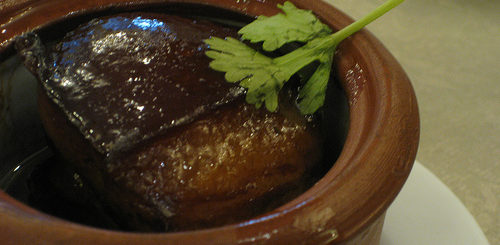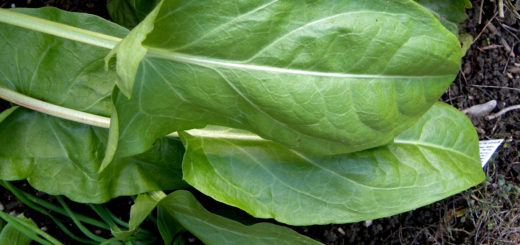The Turnip
Who knew the turnip was part of the cabbage family! For many years, I blissfully ate the bulbous root with little regard for the green nubbins protruding off the top. Come to think of it, most times I pick my turnips from a basket, and they’re rolling around topless on their own accord. As it happens, this happy little sphere of goodness is related to one of my favorite leafy greens, the napa cabbage.
Turns out, I’ve been missing some pretty tasty adventures. Turnip greens soup, turnip greens and bacon, turnip green sandwiches! Ah, but I still return to the sweetly plump root.
The most common turnip is white on bottom, and purple on top, evidence of a sunkissed life. And, while most turnips you would find at the local chain grocery store yield white flesh, the meat of baby turnips can be found in yellow, orange and red hues.
Also called, “neeps,” (which is derived from the Latin word for turnips, napus) turnips are versatile enough to be boiled, fried, roasted, mashed and baked. They can also be used interchangeably with other root vegetables such as rutabagas, and add a firmer texture when used in combination with potato dishes. Because of the turnip’s versatility, Pliny the Elder, an ancient Roman naturalist, declared the root to be one of the most important vegetables in existence. From fodder for farm animals to preventing famine, the turnip played a significant role in ancient times. Faust playwright Goethe quite enjoyed his turnips when mixed with chestnuts. So passionate was he for the humble vegetable, that when he moved to Weimar to serve as privy counsillor on Duke Karl August’s court, he asked his friend, composer Friedrich Zelter, for regular shipments. Then, as proper etiquette dictates, Goethe penned a thank you letter. Dated September 28, 1807, the letter reads, “…the delicious Turnips strike me firstly, to forget them would be very hard since they, once again, stand deliciously upon the table…”
With such strong, credible references, it would be a shame to pass though life without experimenting with turnips. When perusing the market for your tubers, be sure look for bulbs no larger than three inches in diameter, as smaller and younger turnips tend to have a sweeter flavor. Skins should be smooth and unblemished, and if the greens are attached, they should be green and perky.
.taste
braised pork with turnip
turnip and turnip greens soup
turnip gruyere gratin
turnips sauteed in butter





Recent Comments